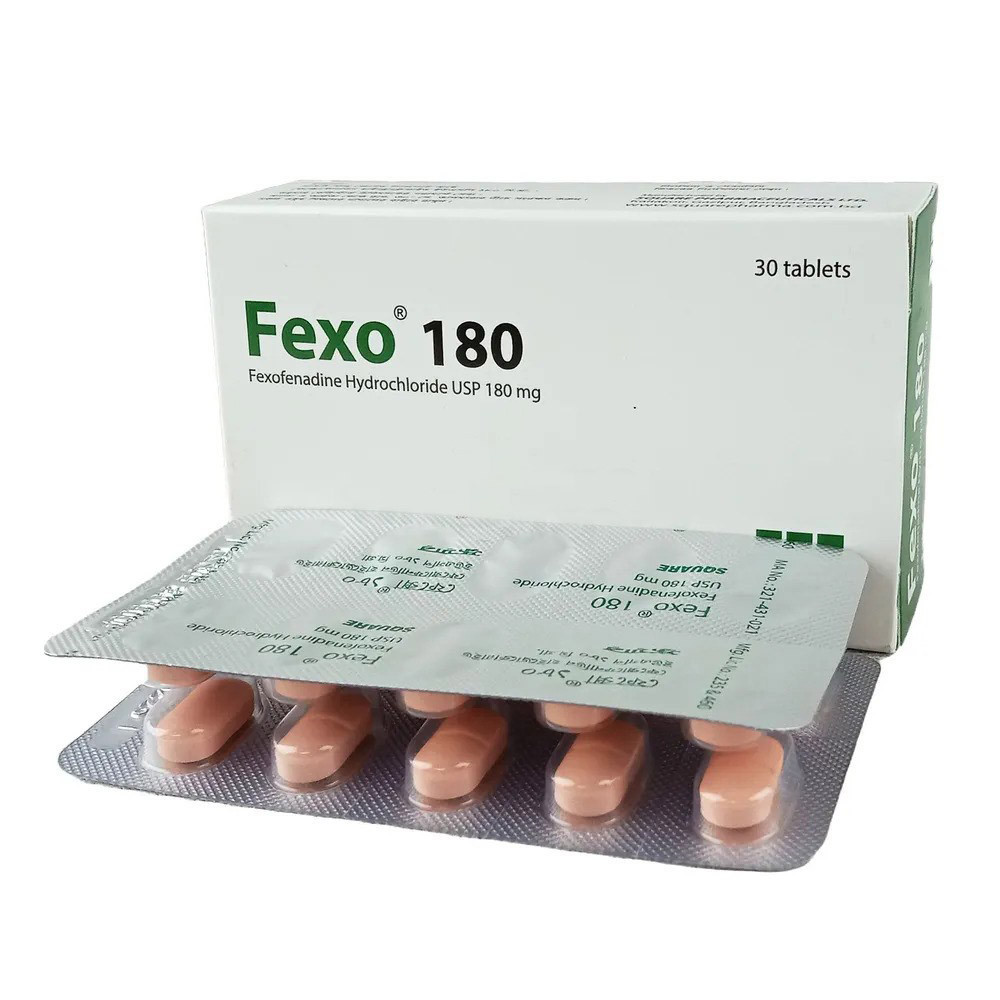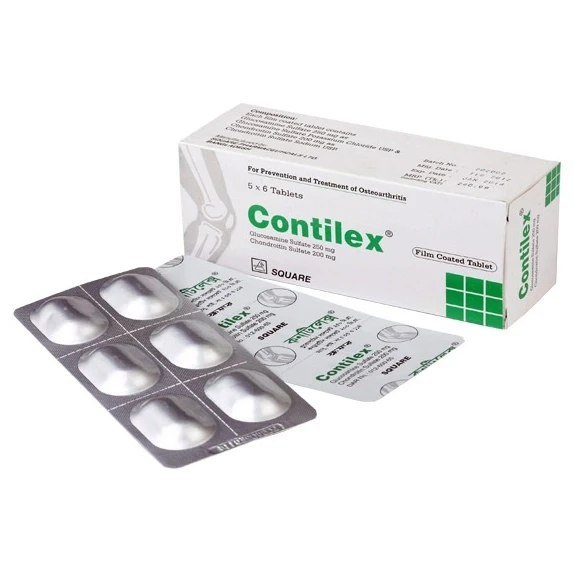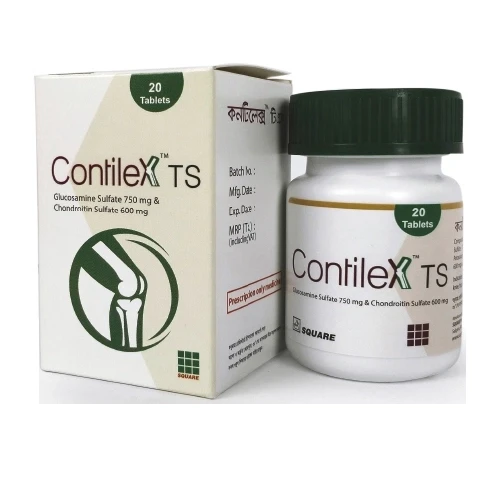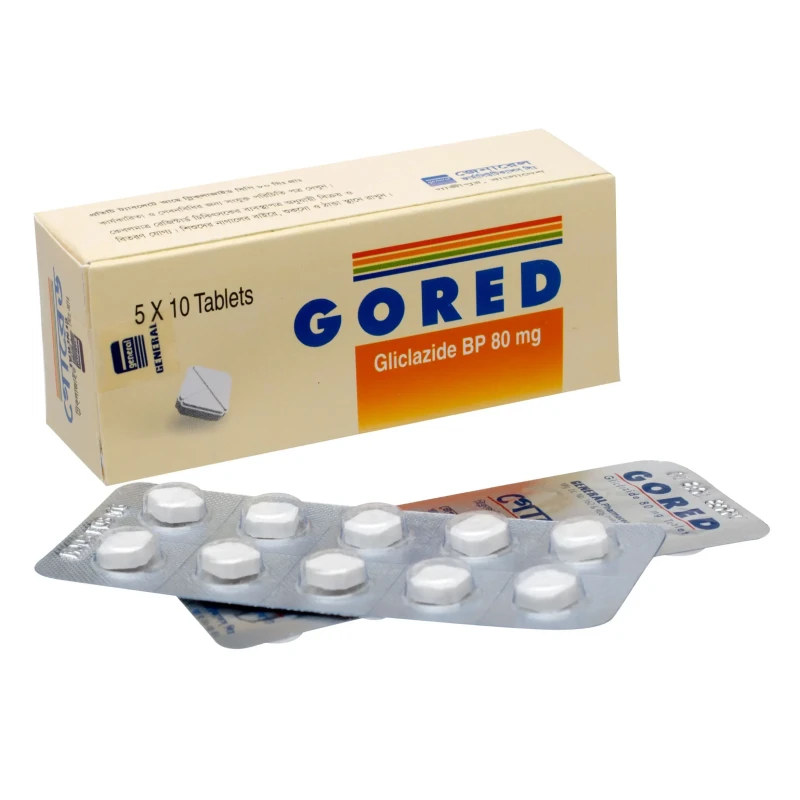

Prevas Capsule (Enteric Coated), Omeprazole 40 mg
Inhouse product
-
৳11.40
৳12.00 -
৳42.75
৳45.00 -
৳16.63
৳17.50 -
৳2.14
৳2.25
Reviews & Ratings
Indications
Prevas is indicated
for the treatment of-
- Gastric and duodenal ulcer
- NSAID-associated duodenal and
gastric ulcer
- As prophylaxis in patients with
a history of NSAID-associated duodenal and gastric ulcer
- Gastro-esophageal reflux
disease
- Long-term management of acid
reflux disease
- Acid-related dyspepsia
- Severe ulcerating reflux
esophagitis
- Prophylaxis of acid aspiration
during general anesthesia
- Zollinger-Ellison syndrome
- Helicobacter pylori-induced
peptic ulcer.
* রেজিস্টার্ড চিকিৎসকের পরামর্শ মোতাবেক ঔষধ সেবন করুন'
Pharmacology
Omeprazole, a
substituted benzimidazole, is an inhibitor of gastric acid secretion. It
inhibits gastric acid secretion by blocking hydrogen-potassium-adenosine
triphosphatase (H+/K+ ATPase) enzyme system in the
gastric parietal cell. After oral administration, the onset of the
antisecretory effect occurs within one hour, with the maximum effect occurring
within two hours and inhibition of secretion lasts up to 72 hours. When the drug
is discontinued, secretory activity returns gradually, over 3 to 5 days.
Dosage
Oral-
- Benign gastric
and duodenal ulcer: 20
mg once daily for 4 weeks in duodenal ulceration, 8 weeks in gastric
ulceration; in severe or recurrent cases, dose to be increased to 40 mg
daily; maintenance dose for recurrent duodenal ulcer, 20 mg once daily; in
prevention of relapse in duodenal ulcer, 10-20 mg daily.
- NSAID-associated
duodenal or gastric ulcer:
20 mg once daily for 4 weeks, continued for further 4 weeks, if not fully
healed. 20 mg once daily is used as prophylaxis in patients with a history
of NSAID-associated duodenal or gastric ulcers.
- Gastro-esophageal
reflux disease: 20 mg once daily for 4 weeks,
continued for further 4-8 weeks, if not fully healed; 40 mg once daily has
been given for 8 weeks in gastro-esophageal reflux disease, refractory to
other treatment; maintenance dose is 20 mg once daily.
- Long-term
management of acid reflux disease:
10-20 mg daily.
- Acid-related
dyspepsia: 10-20 mg once daily for 2-4
weeks.
- Prophylaxis of
acid aspiration: 40 mg on the preceding
evening, then 40 mg 2-6 hours before surgery.
- Zollinger-Ellison
syndrome: Initially 60 mg once daily;
usual range 20-120 mg daily (If daily dose is more than 80 mg, 2 divided
dose should be used).
- Helicobacter
pylori eradication regimen in peptic ulcer disease: Omeprazole is recommended at a dose of 20 mg twice
daily in association with antimicrobial agents as detailed below:
Amoxicillin 500 mg and Metronidazole 400 mg both three times a day for one
week, or Clarithromycin 250 mg and Metronidazole 400 mg both twice a day
for one week, or Amoxicillin 1 g and Clarithromycin 500 mg both twice a
day for one week.
- Paeditaric use in
severe ulcerating reflux esophagitis (Child>1 year): If body-weight 10-20 kg, 10-20 -mg once daily for
4-12 weeks; if body-weight over 20 kg, 20-40 mg once daily for 4-12 weeks.
IV Injection-
- Prophylaxis of
acid aspiration: Omeprazole 40 mg to be given
slowly (over a period of 5 minutes) as an intravenous injection, one hour
before surgery.
- Duodenal ulcer,
gastric ulcer or reflux oesophagitis:
In patients with duodenal ulcer, gastric ulcer or reflux oesophagitis
where oral medication is inappropriate, Omeprazole IV 40 mg once daily is
recommended.
- Zollinger-
Ellison syndrome (ZES): In
patients with Zollinger-Ellison Syndrome the recommended initial dose of
Omeprazole given intravenously is 60 mg daily. Higher daily doses may be
required and the dose should be adjusted individually. When doses exceed
60 mg daily, the dose should be divided & given twice daily.
* রেজিস্টার্ড চিকিৎসকের পরামর্শ মোতাবেক ঔষধ সেবন করুন'
Administration
Direction for use of
IV Injection: Omeprazole lyophilized
powder and water for injection is for intravenous administration only and must
not be given by any other route. Omeprazole IV injection should be given as a
slow intravenous injection. The solution for IV injection is obtained by adding
10 ml water for injection to the vial containing powder.
After reconstitution the injection should be given slowly over a period of
at least 2 to 5 minutes at a maximum rate of 4 ml/minute. Use only freshly
prepared solution. The solution should be used within 4 hours of
reconstitution.
Direction for use of
IV Infusion: Omeprazole IV
infusion should be given as an intravenous infusion over a period of 20-30
minutes or more. The contents of one vial must be dissolved in 100 ml saline
for infusion or 100 ml 5% Dextrose for infusion. The solution should be used
within 12 hours when Omeprazole is dissolved in saline and within 6 hours when
dissolved in 5% Dextrose. The reconstituted solution should not be mixed or
co-administered in the same infusion set with any other drug.
* রেজিস্টার্ড চিকিৎসকের পরামর্শ মোতাবেক ঔষধ সেবন করুন'
Interaction
Due to the decreased
intragastric acidity the absorption of ketoconazole may be reduced during
Prevas treatment as it is during treatment with other acid secretion
inhibitors. As Prevas is metabolised in the liver through cytochrome P450
it can delay the elimination of diazepam, phenytoin and warfarin.
Monitoring of patients receiving warfarin or pheytoin is recommended and a
reduction of warfarin or phenytoin dose may be necessary.
However concomitant treatment with Prevas 20mg daily did not change the
blood concentration of phenytoin in patients on continuous treatment with
phenytoin. Similarly concomitant treatment with Prevas 20mg daily did not
change coagulation time in patients on continuous treatment with warfarin.
Plasma concentrations of Prevas and clarithromycin are increased during
concomitant administration. This is considered to be a useful interaction
during H. pylori eardication. There is no evidence of an interaction with
phenacetin, theophylline, caffeine, propranolol, metoprolol, cyclosporin,
lidocaine, quinidine, estradiol, amoxycillin or antacids. The absorption of
Prevas is not affected by alcohol or food. There is no evidence of
an interaction with piroxicam, diclofenac or naproxen. This is considered
useful when patients are required to continue these treatments. Simultaneous
treatment with Prevas and digoxin in healthy subjects lead to a 10% increase in
the bioavailability of digoxin as a consequence of the increased intragastric
pH.
Contraindications
Omeprazole is
contraindicated in patients with known hypersensitivity to it. When gastric
ulcer is suspected, the possibility of malignancy should be excluded before
treatment with omeprazole is instituted, as treatment may alleviate symptoms
and delay diagnosis.
Side Effects
Prevas is well
tolerated and adverse reactions have generally been mild and reversible. Skin
rash, urticaria and pruritus have been reported. Usually resolving after
discontinuation of treatment. In addition photosensitivity, bullous eruption,
erythema multiforme, angioedema and alopecia have been reported in isolated
cases. Diarrhoea and headache have been reported and may be severe enough to
require discontinuation of therapy in a small number of patients. In the
majority of cases the symptoms resolved after discontinuation of therapy. Other
gastrointestinal reactions have included constipation, nausea/vomiting,
flatulence and abdominal pain. Dry mouth, stomatitis and candidiasis have been
reported as isolated cases. Paraesthesia has been reported. Dizziness, light
headedness and feeling faint have been associated with treatment, but all
usually resolve on cessation of therapy. Also reported are somnolence, insomnia
and vertigo. Reversible mental confusion, agitation, depression and hallucinations
have occurred predominantly in severely ill patients. Arthritic and myalgic
symptoms have been reported and have usually resolved when therapy is stopped.
In isolated cases, the following have been reported: blurred vision, taste
disturbance, peripheral oedema, increased sweating, gynaecomastia, leucopenia,
thrombocytopenia, agranulocytosis, pancytopenia, anaphylactic shock, malaise,
fever, bronchospasm, encephalopathy in patients with pre-existing severe liver
disease, hepatitis with or without jaundice, rarely interstitial nephritis and
hepatic failure. Increases in liver enzymes have been observed.
Pregnancy &
Lactation
Results from three
prospective epidemiological studies indicate no adverse effects of Omeprazole
on pregnancy or on the health of the fetus/newborn child. Omeprazole can be
used during pregnancy. There is no information available on the passage of
Omeprazole into breast milk or its effects on the neonate. Breast-feeding
should, therefore, be discontinued, if the use of Omeprazole is considered
essential.
Use in Children &
Adolescents: Safety and
effectiveness of Omeprazole have not been established in pediatric patients
less than 18 years of age.
Precautions &
Warnings
Avoid concomitant use
of clopidogrel and Prevas as the pharmacological activity of clopidogrel is
reduced if given concomitantly. Observational studies suggest that proton pump
inhibitor (PPI) therapy may be associated with an increased risk for
osteoporosis- related fractures of the hip, wrist, or spine. Atrophic gastritis
has been noted occasionally in gastric corpus biopsies from patients treated
long-term with Prevas. Concomitant use of PPIs with methotrexate may lead to
methotrexate toxicities.
Therapeutic Class
Proton Pump Inhibitor
Storage Conditions
Keep in a dry place
away from light and heat. Keep out of the reach of children.
Frequently Bought Products
Rosuva Tablet, Rosuvastatin Calcium 5 mg
Gored Tablet, Gliclazide 80 mg
Apitac Tablet, Aceclofenac 100 mg
Q10 Capsule, Coenzyme Q10 [Ubidecarenone] 60 mg
Perkirol Tablet, Ropinirole 2 mg
Flexidol Tablet, Aceclofenac 100 mg
Gutfix Capsule, Lubiprostone 24 mcg
Product Queries (0)
Login Or Registerto submit your questions to seller
Other Questions
No none asked to seller yet
-
৳11.40
৳12.00 -
৳42.75
৳45.00 -
৳16.63
৳17.50 -
৳2.14
৳2.25










![Q10 Capsule, Coenzyme Q10 [Ubidecarenone] 60 mg](https://www.skpharma.com.bd/public/uploads/all/ZrxhtGekeDBX9t6o9RQV8xIQipVuSHTmI8LamPXD.webp)

![Utal Tablet, Ulipristal Acetate [For uterine fibroids] 5 mg](https://www.skpharma.com.bd/public/uploads/all/Syt1SMOCeTeGw05pJr6Mh68cGxW4iTw8ga939vcM.jpg)



